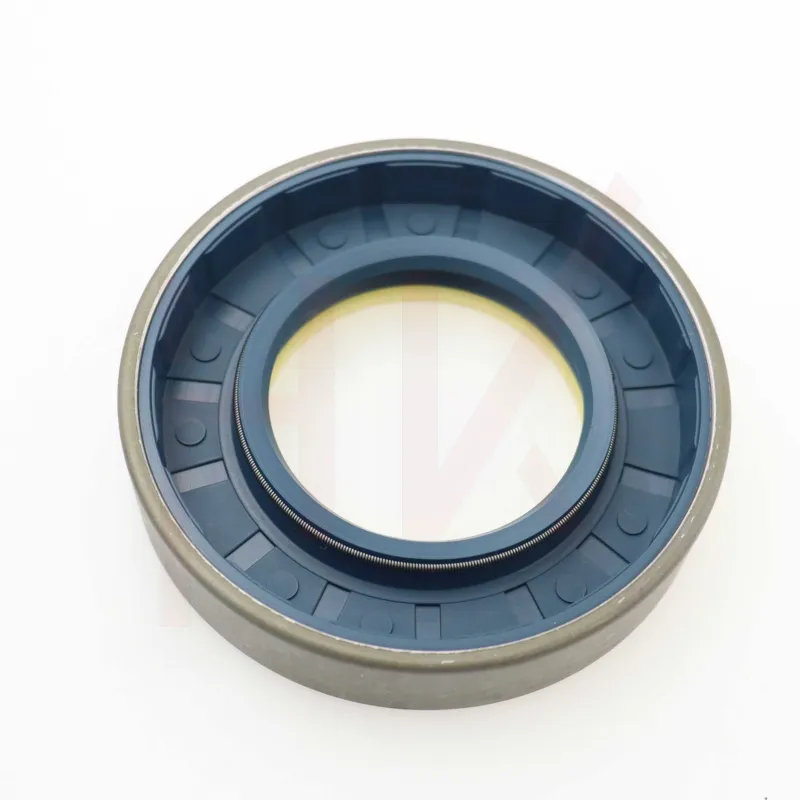Oct . 18, 2024 22:29 Back to list
Choosing the Right Grease Seal for Wheel Bearings to Ensure Longevity and Performance
Understanding Wheel Bearing Grease Seals
Wheel bearing grease seals play a crucial role in maintaining the functionality and longevity of a vehicle's wheel assembly. These small yet vital components are designed to protect wheel bearings from contaminants such as dirt, dust, moisture, and other harmful particles that can lead to premature bearing failure. In this article, we will delve into the importance of wheel bearing grease seals, their functions, and how to maintain them for optimal vehicle performance.
What are Wheel Bearing Grease Seals?
Wheel bearing grease seals are circular rubber or synthetic components that fit snugly around the wheel bearing assembly. Their primary function is to retain lubricant, usually grease, within the bearing while preventing any contaminants from entering the assembly. They are found in various types of vehicles, including cars, trucks, motorcycles, and trailers.
Importance of Wheel Bearing Grease Seals
1. Protection from Contaminants The primary role of grease seals is to exclude dirt, water, and other debris from the wheel bearings. Contaminants can cause corrosion and wear, leading to costly repairs or even safety issues.
2. Lubrication Retention Proper lubrication is essential for the smooth operation of bearings. Grease seals help to keep the lubricant in, ensuring that the bearings remain properly lubricated, reducing friction and heat generation.
3. Extended Lifespan of Bearings By keeping contaminants at bay and ensuring optimal lubrication, grease seals significantly extend the lifespan of wheel bearings. This can help reduce maintenance costs and improve overall vehicle reliability.
Signs of Failing Grease Seals
Recognizing the signs of failing grease seals can help prevent further damage and costly repairs
. Common indicators includewheel bearing grease seal

- Wheel Noise Unusual noises such as grinding or rumbling coming from the wheel area may signal that the grease seal is compromised, allowing contaminants to enter the bearing.
- Grease Leakage If you notice grease leaking from the wheel assembly, it may indicate that the seal is damaged and not retaining lubricant properly.
- Overheating Excessive heat around the wheel area can suggest that the bearings are not lubricated adequately, possibly due to a failed grease seal.
Maintenance and Replacement
To ensure the proper functioning of wheel bearing grease seals, regular maintenance is essential. Here are some tips
1. Visual Inspections Periodically check for signs of wear or damage on the seals. Replace any seals that appear cracked or compromised.
2. Lubrication Checks Ensure that the grease is at appropriate levels and that the seals are effectively retaining it.
3. Professional Inspections Consider having a professional mechanic inspect your vehicle's wheel bearings and seals during routine maintenance to catch any potential issues early.
Conclusion
Wheel bearing grease seals may be small components, but their role in vehicle safety and performance is significant. By understanding their function and importance, drivers can take proactive steps to maintain them, ensuring a smoother, safer, and more reliable driving experience. Regular inspections and timely replacements can save motorists from more extensive repairs and keep their vehicles running at peak performance.
-
The Trans-formative Journey of Wheel Hub Oil Seals
NewsJun.06,2025
-
Graphene-Enhanced Oil Seals: Revolutionizing High-Pressure Oil Sealing
NewsJun.06,2025
-
Future of Hydraulic Sealing: Advanced Intelligent TCN Oil Seals
NewsJun.06,2025
-
Don’t Let a Broken TCV Oil Seal Ruin Your Day
NewsJun.06,2025
-
Bio-Inspired Dust Seals for Better Sealing Performance
NewsJun.06,2025
-
Biodegradable and Sustainable Hydraulic Seal Materials
NewsJun.06,2025
-
Top Oil Seal Solutions for Your Industrial Needs
NewsMay.22,2025
Products categories
















